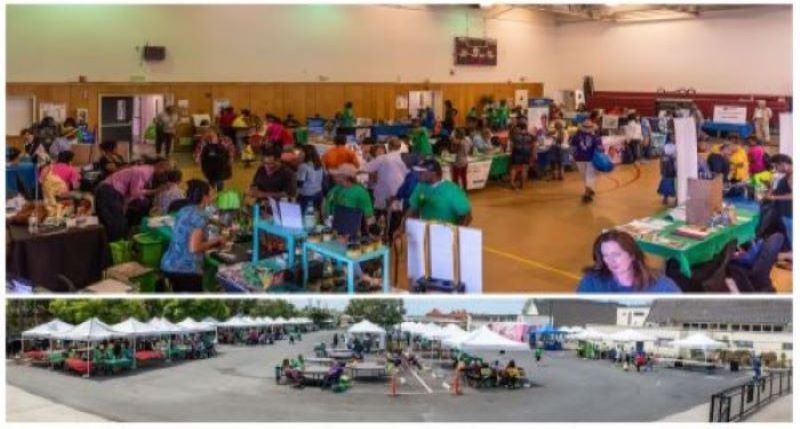June 2023 - Alzheimers and Brain Awareness Month
Alzheimer’s disease is a progressive brain disorder that typically starts with mild memory loss, confusion, and difficulty with problem-solving. As it progresses, it can lead to more severe symptoms, such as the inability to communicate, recognize loved ones, and carry out basic tasks.
Alzheimer’s Awareness Month aims to raise public awareness about Alzheimer’s disease and its impact on individuals, families, and communities. The month is an opportunity to educate people about the signs and symptoms of the disease, the risk factors, and the importance of early detection and diagnosis.
Alzheimer’s Awareness Month also promotes research into the disease’s causes, treatments, and potential cures. It also seeks to reduce the stigma and discrimination surrounding Alzheimer’s disease. By raising and understanding, people may be more compassionate and supportive of those affected by Alzheimer’s and other forms of dementia. To show our solidarity with those impacted by this disease, we can wear a purple ribbon to show our support.
Alzheimer’s Facts
- Prevalence: Alzheimer’s disease is the most common cause of dementia, accounting for 60-70% of all cases. It affects an estimated 6.5 million Americans aged 65 and over and could increase four times by 2050.
- Symptoms: Alzheimer’s is a progressive brain disorder impacting a person’s memory, thinking, and ability to carry out daily activities. Early symptoms may include forgetting recent events or conversations, difficulty with problem-solving, and confusion about time or place.
- Treatment: While there is no cure for Alzheimer’s, medications and interventions can help manage symptoms and improve a person’s quality of life. Medications include cholinesterase inhibitors and memantine.
- Risk Factors: Age is the main risk factor for Alzheimer’s. The risk doubles every 5 years after age 65. Other risk factors include genetics and head injuries. There may be a link between Alzheimer’s and certain medical conditions such as diabetes, high blood pressure, and obesity.
Information and support
Many organizations are available to support people affected by Alzheimer’s. They include:
- Alzheimer’s Association: The Alzheimer’s Association provides support groups, education programs, and care consultations to help families cope with the challenges of the disease. To access these resources, visit alz.org or call their 24/7 helpline at 1-800-272-3900.
- National Institute on Aging: The National Institute on Aging is a government organization providing information on Alzheimer’s disease and other aging-related health topics. Their website offers information on symptoms, diagnosis, treatment, caregiving, and resources for clinical trials and research studies.
- Alzheimer’s Foundation of America: This nonprofit organization offers a helpline (1-866-232-8484) staffed by licensed social workers, support groups, educational materials, and a network of resources for Alzheimer’s care.
- Local senior centers: Many senior centers offer support groups and educational programs for individuals and families affected by Alzheimer’s. To find a local senior center, visit eldercare.acl.gov or call the Eldercare Locator at 1-800-677-1116.
Content source: CDC, Division of Population Health, National Center for Chronic Disease Prevention and Health Promotion; Medical News Today; NIH National Library of Medicine


